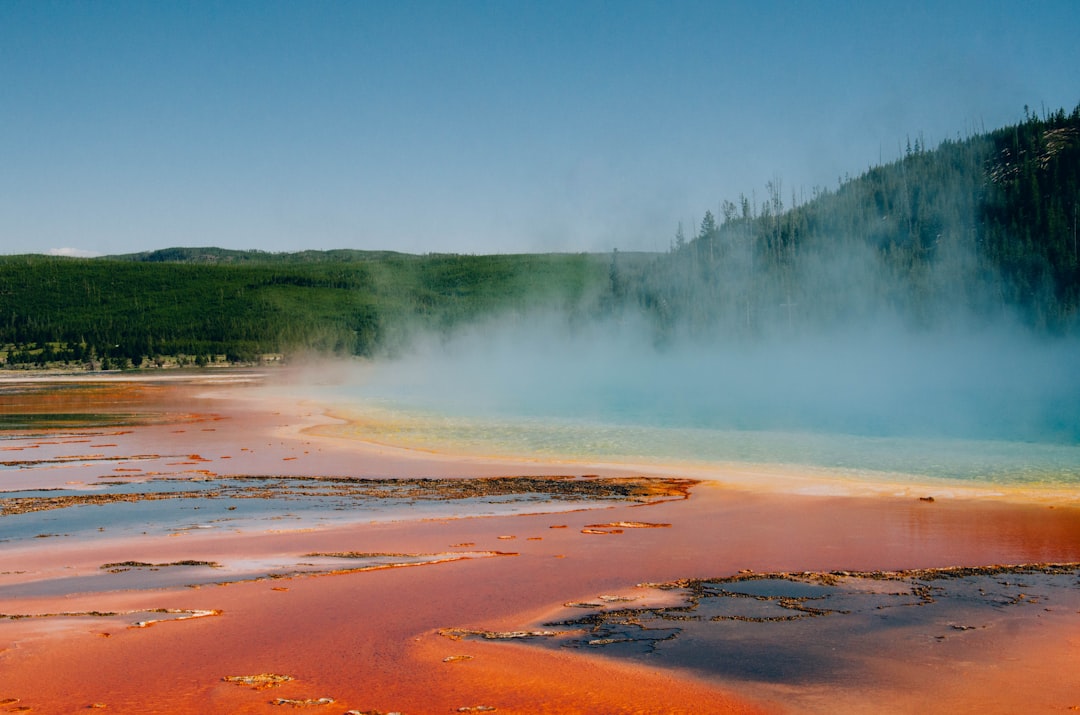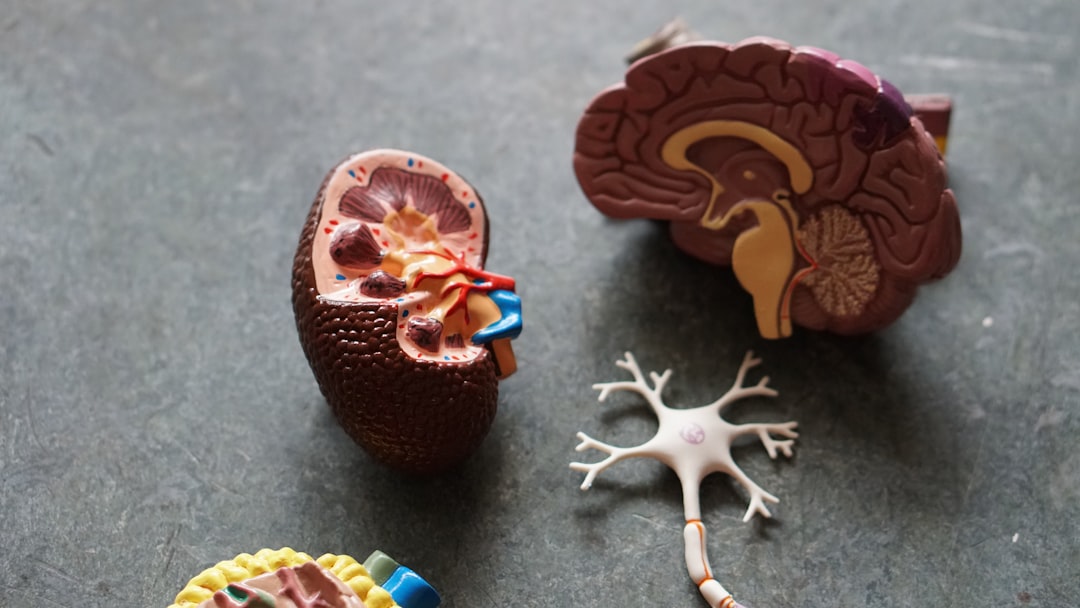What is it about?
So called secondary active transporters are membrane proteins that pump molecules across cell membranes using free energy stored in gradients of ions, primarily sodium. The exact number of ions cotransported in each transport cycle is crucial to quantify the energy and function of such transporters, as illustrated by the competition between glial GlyT1 and neuronal GlyT2 glycine transporters for glycine reuptake in inhibitory brain synapses. In this case a single sodium ion difference regulates recapture in favor of GlyT2, enabling greatly enhance ability to accumulate and recycle glycine. Surprisingly, we found phylogenetic and electrophysiological familiarities between GlyT2 and ATB0,+, a transporter that recovers 18 of the 20 amino acids produced by bacterial proteolysis at the luminal surface of lung and distal colon epithelia. Our work establishes that GlyT2 and ATB0,+ share the same 3 sodium 1 chloride stoichiometry, providing a rationale for their close relationship in the neurotransmitter transporter family.
Featured Image

Photo by Timo Volz on Unsplash
Why is it important?
ATB0,+ protects the lung and colon epithelia by scavenging potential bacterial nutrients on their luminal surface. ATB0,+ accumulative properties for glycine and glutamine play a trophic role in the rapid growth of cancer cells. Thus a common three-sodium ionic-coupling mechanism explains the close relationship of GlyT2 and ATB0,+ in the SLC6 family of neurotransmitter transporters, despite an extreme divergence in substrate specificity.
Perspectives
I hope this article will allow people with different expertise and research areas to appreciate the benefit of comparing transporters with different physiological functions.
Stéphane SUPPLISSON
Institut de Biologie de l'Ecole normale supérieure (IBENS)
Read the Original
This page is a summary of: Flux coupling, not specificity, shapes the transport and phylogeny of SLC6 glycine transporters, Proceedings of the National Academy of Sciences, October 2022, Proceedings of the National Academy of Sciences,
DOI: 10.1073/pnas.2205874119.
You can read the full text:
Contributors
The following have contributed to this page










